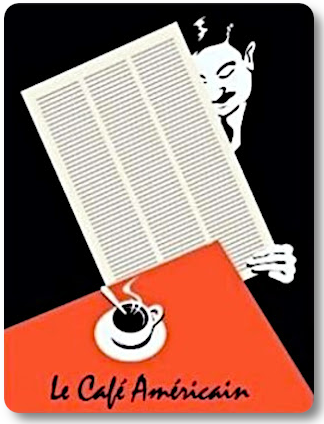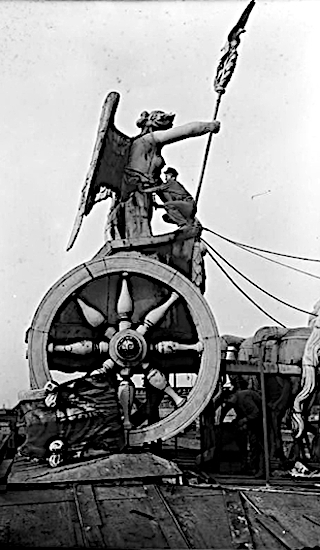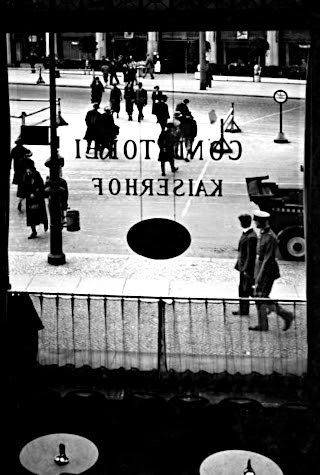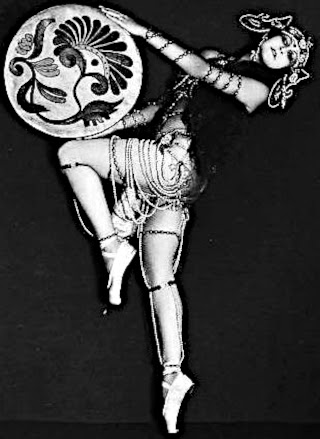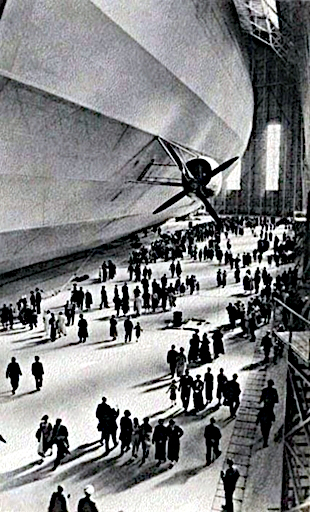The whole notion of bank bailouts is a tremendous injustice when not accompanied by personal bankruptcy and civil and criminal prosecution for those banks managers who created them and are found guilty of fraud.
In addition, the owners of the banks, whether through debt or shares, should be wiped out and the bank placed in a proper receivership while its books are sorted out.
The US is an accounting mirage. The notion that it will make money from its stake in Citi is a sleight of hand. The enormous subsidies to the banks both in terms of direct payments, indirect payments through entities like AIG, and subsidies such as the erosion of the currency and the deterioration of the real economy, will never be repaid.
The real model of how to handle a banking crisis is in the Scandinavian nationalization of the banks, or even better, the disposition of the Savings and Loans in the US. during that crisis.
This pragamatic approach, its cheaper just to pay them all off than to sort them out, is a child of the Rubinomics of mid 1990's in the States, in which it was determined to be better to prop up the stock markets, often by buying the SP futures, than it was to allow the market to reach its level, and then deal with the financial carnage of a market crash. Here is a review of a paper by Rubin's protege, and some might say the government's Thomas Cromwell, Larry Summers.
From the Horse's Mouth: Lawrence Summers On Market Manipulation In Times of Crisis
The fourth position, which Summers calls pragmatic, in his own words, “is the one embraced implicitly, if not explicitly by policymakers in most major economies. It holds that central banks must always do whatever is necessary to preserve the integrity of the financial system regardless of whether those who receive support are solvent or can safely pay a penalty rate. This position concedes that some institutions may become too large to fail. While lender-of-last-resort insurance, like any other type of insurance, will have moral hazard effects, I argue that these may be small when contrasted with the benefits of protecting the real economy from financial disturbances”This is the very essence of the Rubin doctrine. Pragmatic circumvention of the Constitution and the laws of the land by means of market manipulation and government subsidies cloaked in secrecy, misrepresentation, and a public relations campaign.
In addition to this paper, Mr. Summers is also the author of a paper Gibson's Paradox which seems to prescribe the manipulation the price of key commodities including gold in order to influence longer term interest rates. Indeed, we hear that in some recent FOIA act returns there were refusals to disclose papers from the Fed purporting to set out the 'new gold policy of the US' with many charts and pages of text. Indeed, what is the real policy of the US? I thought it was to allow it to sit, unaudited, in Fort Knox and the various Reserve Banks, while leasing it out to some extent.
And while as Obama's current Economic Advisor is talking a good game, the facts seem to indicate that the US is still pursuing a policy of managed perceptions, accounting deceptions, and old fashioned insider dealing and other forms of corruption that always accompany government, but reach a feverish pitch in times of crisis. It is the establishment's form of looting.
As we can easily see, this policy has spawned a series of tremendous financial bubbles in tech, and housing, and now credit, and corporate debt, and the dollar itself, which will eventually veer completely out of control into the improbability of hyperinflation. Inflicting pain on the common taxpayers for the transfressions of the financiers is beyond moral hazard.
The Banks must be restrained, the financial system reformed, and the economy brought back into balance, before there can be any sustained recovery.
Guardian UK
Ireland Poised for New Bank Bailout
By Jill Treanor
29 March 2010 18.58 BST
Irish taxpayers face pouring billions more euros into their troubled banking sector on what is being dubbed "bailout Tuesday".
The government is expected to take bigger stakes in Allied Irish Banks and Bank of Ireland as the property lending spree that took place before the 2007 credit crunch continues to knock holes in their battered balance sheets.
But while the Irish taxpayer faces taking on a greater burden from the banking sector – perhaps as much as €16bn (£14bn) – the US began to prepare to sell off its 7.7bn shares in Citigroup, into which the authorities pumped $24bn of cash during the 2008 banking crisis. Those 7.7bn shares were worth $32bn last night - implying a profit for the US treasury if the share price can withstand the sale of such a huge amount of shares.
In Ireland, though, the crisis is yet to abate as the economy weakens and the government follows through on an austerity budget that has imposed cuts in public sector pay after €11bn was injected into the banks.
Shares in Allied Irish Banks closed down 19% in Dublin at €1.37, ahead of announcements when the National Asset Management Agency, a toxic loan body, is due to provide details on the price for taking on the bad loans. Financial regulators will also set out the size of the capital cushions the banks will have to hold in preparation for future losses.
The Irish government took control of Anglo Irish Bank last year and holds stakes of 16% in Bank of Ireland, which runs the Post Office bank in the UK, and 25% of Allied Irish.
Local speculation is focused on the government stake rising to more than 70% in Allied Irish and more than 40% in Bank of Ireland while building societies EBS and Irish Nationwide may also need taxpayer involvement as the authorities continue to tackle the losses caused by bad lending.







